
Many of us were taught that brushing, flossing, and fluoride were the only ways to prevent decay. Sure, we knew
Today, we’re learning that food and nutrition has a critical role in our health than we ever anticipated. New research is pointing to the importance of nourishing the body so that it can use its natural defences.
It’s interesting to note that when we look to traditional cultures and diets, they knew how food could prevent tooth decay.
So, today, can we use these ancient principles mixed with modern clinical practice to cure tooth decay?
As a dentist, I’ve spent my career looking at the role of nutrition for dental health, as well as whole body health.
Is it Possible to Cure Tooth Decay?
It’s funny to look back on the journey life takes you on. When I think back to dental school, I remember many of the concepts I was taught. Yet as a dental student, you don’t really have the time to question topics for the sake of your degree.
Tooth decay, in particular, brings an interesting memory. I recall a lecture on the causes of tooth decay. The speaker brought many factors that contribute to a tooth being decayed with supporting evidence. With overlapping circles, the different risk factors would end up in a cavity. In all, was presenting new ideas that showed how complex tooth decay really is.
Since then, there’s been a flood of new evidence explaining what happens during tooth decay. From the cells that manage the immune response, and the oral and gut microbiome, we now understand far more about teeth than we did a decade ago.
It’s an exciting time, because all of the science is showing how influential both diet and lifestyle are on our health – and our mouths.
This all means tooth decay is a condition we can prevent. Even more, we also have the ability to heal cavities and reverse tooth decay in certain circumstances.
Functional dentistry aims to provide patients the tools to heal their mouths and entire bodies. I’m excited to share these new scientific rationales with you. Followed by the description is an easy to follow protocol – centered around real food and pure supplements – I’ve developed to help reverse cavities in children.*
Of all the questions I receive on my website, where to find high quality, food-based supplements is at the top of the list.
So I’ve partnered with the folks at Corganic to prepare this post. They’ve led the way in providing only the best sourced supplements and wholesome food – to give you the nutrients you need to heal your body and teeth.
In this article we’ll explore:
Step 1: How bacteria cause tooth decay
Step 2: Preparation to reverse and cure tooth decay
Step 3: The protocol to cure tooth decay
Step 1: The Oral Microbiome | How Bacteria Cause Tooth Decay
To successfully move through the protocol, we must first have a basic understanding of tooth decay, the inner workings of the tooth, and sugar’s role.
Does sugar cause tooth decay?
The biggest misconception is the idea that tooth decay is an infection of harmful bacteria, in large part from eating sugar. It’s not. Tooth decay actually results when the body doesn’t have adequate fat-soluble vitamins, which causes an imbalance of the oral microbiome (the staggering 600-plus species living in the mouth, according to the 2008 Human Microbiome Project).
The oral microbiome loses its balance when we eat refined sugars and refined flours.
Further, the focus on the small amount of oral species that release acids in response to simple carbohydrates (sugar) was shown to be a limited cause of decay, according to this study. Given this information, sugar doesn’t cause decay per se. It feeds certain microbes that live in your mouth all the time and enables them to grow.
So when the body is malnourished due to lack of fat-soluble vitamins, compounded with extra sugar in the diet, decay can take over.
Here’s an image that shows how sugar affects the tooth:
Image: How sugar causes an imbalance in bacteria to cause tooth decay.
Image: The dental pulp has the ability to cure tooth decay (if you feed it the right nutrients).
The three layers of the tooth are the enamel, dentin and the pulp.
And so, the cellular picture below is the zoomed in microcosm of what’s happening in the dentin.
Image: The cells that cure tooth decay. Similar to bone making cells, odontoblasts emit an immune reaction that can reverse dental cavities.
It’s important to understand the odontoblasts; they come from the bone marrow. They sit at the junction of the tooth, the pulp, the dentin, and then monitor what’s happening in the enamel.
Those odontoblasts are like a projection that monitor the enamel tubules and dentin tubules (tubes or pipes that go up inside the tooth). Basically, the odontoblasts are seeing what’s happening and if something’s going wrong.
If bacteria creeps down the enamel, it’s like a prison crawling with bacteria and saliva. There’s also calcium getting exchanged in and out.
The odontoblasts also emit an immune reaction. So when they are properly nourished with fat-soluble vitamins (more below), they are able to protect the enamel; you can’t get tooth decay. And so that’s the mechanism of immunity to tooth decay.
As the cellular picture outlines, you have the normal immune reaction. But there’s a repair mechanism, too. So depending on the level of damage – especially if the only damage is in the enamel – you’re very much in the realms of being able to heal this, because the dentin can produce a reparative layer. And the odontoblasts will seal the tooth! This makes sense for children, because we want to see that dentin heal itself.*
Clinical classification for the stages of tooth decay:
- Active decay: The dentin will be a very soft, sticky and brown when it’s “active.”
- Arrested decay: When the dentin is “arrested,” it is a much harder, black lesion. And that tells you that the dentin have laid down reparative dentine. In other words, if a lesion turns brown to black, the reversal process is taking place and the decay has stopped progressing. So if I look in a child’s mouth and I see this black lesion, I’ll say, “Well, this is an arrested lesion. We can probably leave this and monitor it.” We take a film, so an x-ray will tell us where the depth of decay in this enamel-to-dentin-to-pulp ratio. We’ll see a shadow, and it will tell us the demineralization of the enamel and dentin.
- Pulpitis: Understanding the depth of decay is important, because if you look at that x-ray and the lesion goes down to the pulp, you can have an abscess or an infection called pulpitis. It shows up as a swollen bubble on the gum. It can be an abscess or a white pimple, or it can be very painful. Once the lesion gets halfway through the dentin is when you have pain in the tooth. And then once it starts to get to the pulp, it really starts to throb. Then if it gets infected and you get an abcess, we’re limited with what we can do holistically, as an infection can be dangerous
- When to intervene: If there is a dental abscess (pulpitis), intervention from a certified dentist is likely needed.
- When to consider the protocol: If you can see enamel remaining, there is structure there to remineralize and an opportunity for self healing. *ALWAYS proceed with care and consult your dentist.
Step 2: Preparing for your protocol
-
Run it by your dentist:
Now that you have a basic understanding of the inner workings of the tooth, how decay thrives and how the tooth has the capability to heal itself, consider printing out this guide and bringing it to your dentist for a clinical diagnosis during your next appointment. Radiographs will show the depth and severity of tooth decay. [You Can Visit Dr. Lin’s Clinic Here]
-
Appropriate age for the protocol:
Children and toddlers can be very receptive to this protocol, especially since their teeth are going to fall out anyway.* A dentist can nearly go across the board and say, “We don’t need to fill pediatric teeth, because we can sit and watch it.” And the parents can make the decision later to fill it, if they choose.
The approach is different for adult teeth. For adults, if the enamel is gone, it’s important to consider a restoration (more on the clinical classifications of tooth decay below). And there’s only a small amount of lesions in adults that don’t need filling. Minor lesions may be reversed with the protocol, as well.
-
Length of the protocol:
Cavities/lesions usually start to turn around in eight to 12 weeks.* Another important factor is if the child is going outside, exercising and getting sunlight. That helps integrate the nutrients into their body; and supports profound changes in the lesions in the mouth.
- Brushing: Continue brushing as normal, in the morning and before bed. Avoid antibacterial toothpaste.
Step 3: My Reversing Tooth Decay Protocol
Feeding the odontoblasts the right nutrients so it can repair itself:
It’s time to dig in! Now that you understand the nuts and bolts, it’s pretty simple from here. We just need to feed those odontoblasts the right nutrients, and the tooth will likely repair itself.*
Those key nutrients are vitamins A, D and K2, according to Dr. Price’s findings. Why vitamins A, D and K2? The diverse groups of healthy people Price observed worldwide, from the tropics to the arctic in 14 countries, showed there are many different kinds of foods which meet the needs of the body to maintain vibrant health – but these key vitamins were the common factors.
- Vitamin A: Retinol form, an animal source; Supports bone development through cell turnover and with vitamin D, activates growth and development of genes through the body.*
- Vitamin D: Specifically, D3, an animal source; helps the body absorb calcium, the building block of the skeletal system, and activates thousands of genes that influence the body right down to cell growth and differentiation.*
- Vitamin K2 : Also an animal source (Vitamin K2 MK-4); the bone development support factor for vitamins A and D that activates the proteins to direct calcium into the right places.* MK-7 Vitamin K2 is sourced from fermented foods. Read the difference here. What is Vitamin K2?
So, let’s start with food rules to cure and reverse tooth decay.
- Stop: First, it’s very important to stop the harmful components of our children’s’ diets.
- High fructose corn syrup and synthetic sugars.
- Sweet drinks, juices and soda.
- Industrialized omega-6 oils (vegetable oil, soybean oil, canola oil, etc.).
- Processed and fortified flours, cereals, breads, baked goods, etc..
- Processed foods with additives such as MSG.
- GMO foods.
- Start: Instead, enjoy real foods that align with an ancestral diet. Reintroduced Weston A Price, ancestral eating refers to consuming unrefined, unprocessed, whole foods that have been around for thousands of years. These foods are grown and raised naturally:
- Wild meat (grass fed, local, organic).
- Organ meats (especially beef liver).
- Fish and seafood (wild-caught).
- Chicken and eggs (pasture raised).
- Fruits and vegetables (local, seasonal, organic).
- Nuts and seeds (organic, especially almonds, cashews, Brazil nuts and sunflower seeds).
- Traditional fats (butter, lard, tallow, olive oil, coconut oil, etc; grass fed and cold pressed).
- Dairy (grass fed, raw, full fat, organic).
- Bone broth (homemade from grass fed meat).
- Grains (organic, freshly ground, no additives).
| Tip: Consider reading my book, “The Dental Diet”, for wholesome family recipes and more tips on eating for dental health. You can find even more recipes here. |
Next are the supplements:
Because vitamins A, D and K2 are more difficult to get from food – even wholesome ancestral foods – in the modern day (due to depleted soil and modern farming), supplementation with clean, premium vitamins as well as minerals and probiotics is key in curing tooth decay.* Supplementation is also necessary because children with tooth decay very likely have a deficiency in these nutrients, so they need an initial boost to balance their mouth and gut flora, feed those odontoblasts and kick start the natural healing process.
| Important note: These recommended supplements are premium, pure and potent. Therefore, it’s critically important to start slowly, with a lower dosage than recommended. For example, a very small dose every other day, or even once a week, until you can determine how the supplement affects your child’s body and what dose feels right as time progresses. |
-
Vitamin A and Vitamin D:
Diet: Foods such as organ meats, butter, eggs and grass-fed dairy contain these vitamins. But if there is tooth decay, we often need an additional, nutrient-dense supplement:
1) Rosita Extra Virgin Cod Liver Oil: Rosita is the only fresh, wild-caught, raw and unprocessed cod liver oil in the entire world. Straight from pristine Norwegian seas, it’s the only cod liver oil on the market that contains naturally occurring vitamins A and D, and a full spectrum of omega fatty acids – including Omega 3 EPA and DHA.
Therapeutic dose: 1 tablespoon a day.
2) Freeze-Dried Beef Liver Capsules by Organic 3, Inc.: One of nature’s most potent, nutrient-dense foods in easy capsule form. Freeze dried, non-GMO and and non-defatted means even more powerful, naturally occurring nutrients.
Therapeutic dose: 2 to 4 capsules per day.
-
Vitamin K2:
Here are the supplements that provide vitamin K2:
Walkabout Emu Oil: 100% pure, unadulterated, traditional fat with naturally high levels of K-2, from Australia.
Therapeutic dose: 1-2 teaspoon per day
Or:
Ancient Organics Ghee: Organic, grass-fed and made according to Indian tradition.
Therapeutic dose: 3 to 5 tablespoons per day (you can integrate the ghee into your child’s food as you would butter or oil, or take it from the spoon… it is that good!).
| Tip: Use butter, too! You can also get your K2 needs in the protocol with 3 to 5 tablespoons per day of organic butter. |
-
Magnesium:
A quality magnesium supplement is a catalyst for the vitamins A, D and K2.
* Wake Up Maggie™ by Organic 3, Inc.: A natural, powder blend magnesium supplement that combines three different kinds of elemental magnesium – orotate, taurinate and malate – in equal amounts, which yields all of magnesium’s benefits while going easy on digestion. Also includes the element boron, a cofactor of magnesium that helps with its absorption – and supports bone health. No additives, fillers or common allergens.
Therapeutic dose: Children over the age of 5 should start with 1/4 scoop and work up to 1/2 scoop.
* Good Night Maggie™ by Organic 3, Inc.: A gentle, calming supplement made with magnesium glycinate complex. Easily absorbed and all natural, no additives, fillers or common allergens.
Therapeutic dose: 1 capsule per evening.
-
Zinc:
Zinc is an important mineral in this protocol because it provides an immune boost.
Oysterzinc™ by Organic 3, Inc.: Oysterzinc™ capsules contain 100% pure oyster powder, made only from extracted oyster meat. No shell included; a true food source of zinc with no additives, fillers or fortification.
Therapeutic dose: 2 capsules per day.
-
Probiotic:
The last thing is to start balancing the oral and gut microbiome with a therapeutic probiotic.
GutPro® by Organic 3, Inc.: This clean, potent, therapeutic-grade probiotic provides eight strains of beneficial bacteria that are essential for digestive health and no additional ingredients. Perfect for therapeutic protocols and those with sensitive digestive systems, as it does not include certain strains found in other probiotics that can cause histamine intolerance, d-lactic acidosis or other adverse reactions. You also won’t find common allergens, additives or fillers.
Therapeutic dose: Add a pencil point amount of GutPro® powder to your child’s food and increase slowly over time or as directed by a healthcare practitioner. Do not go beyond half of the smallest measuring spoon. May be taken once daily or every other day.
| * These statements have not been evaluated by the Food and Drug Administration. This product is not intended to diagnose, treat, cure or prevent any disease. Always consult your medical professional before proceeding with any supplement or dietary based protocol.
** Information in the post was prepared by the good people at Corganic |
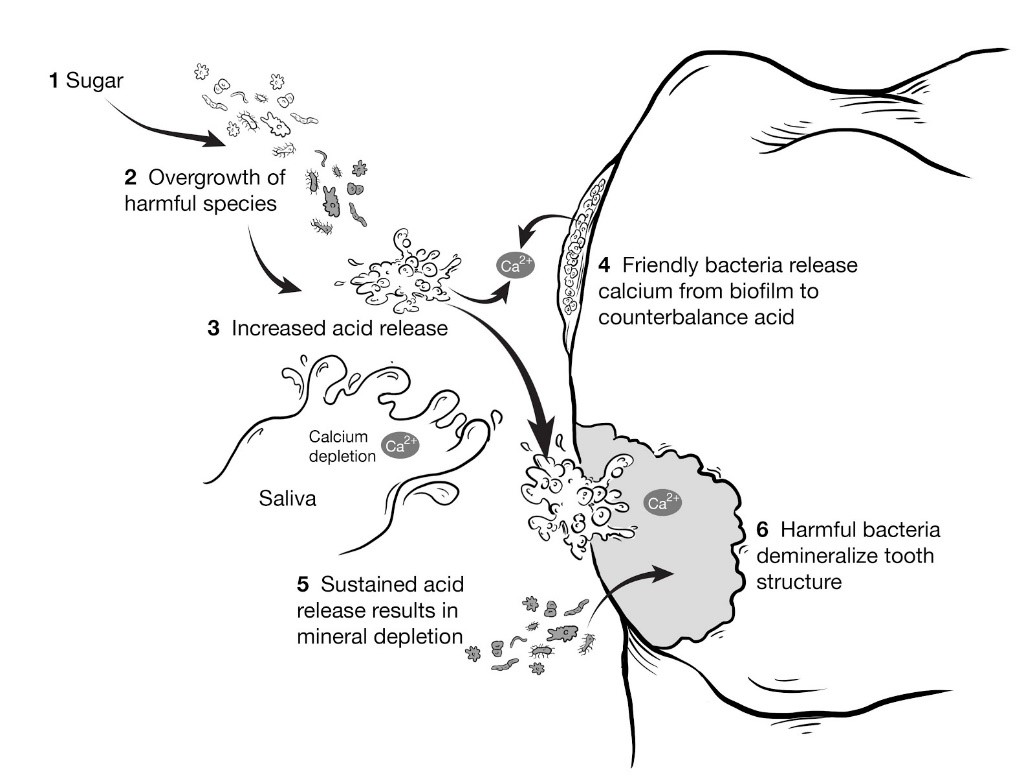
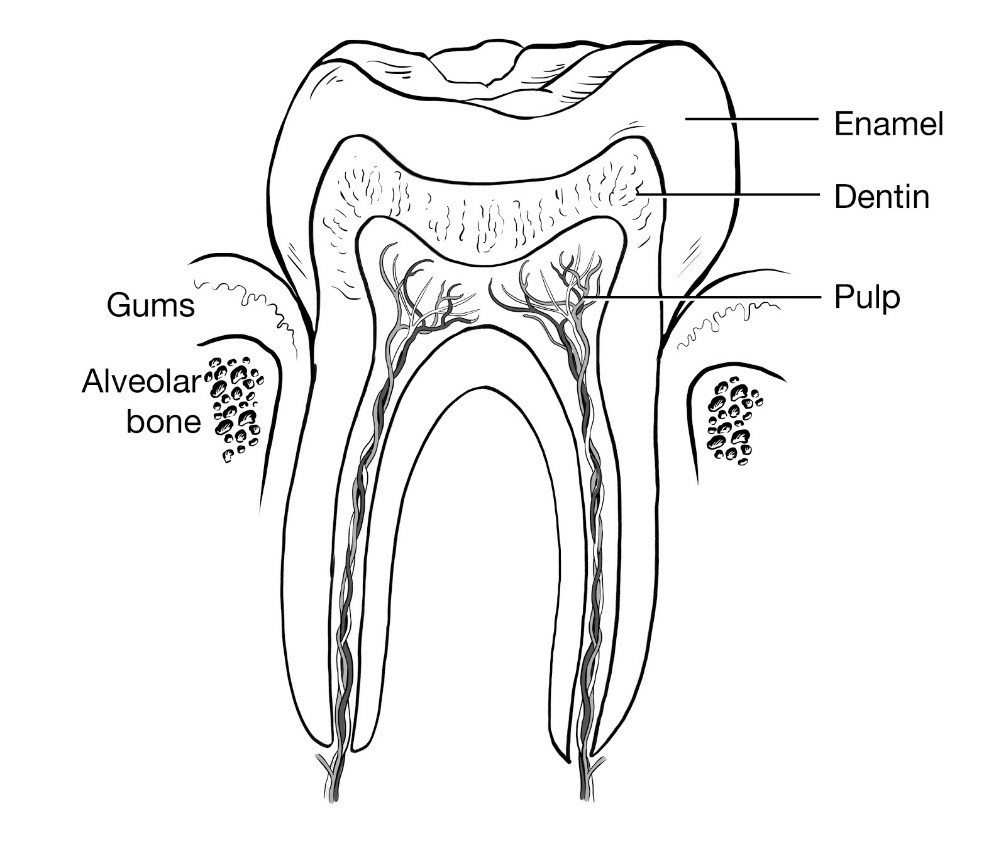
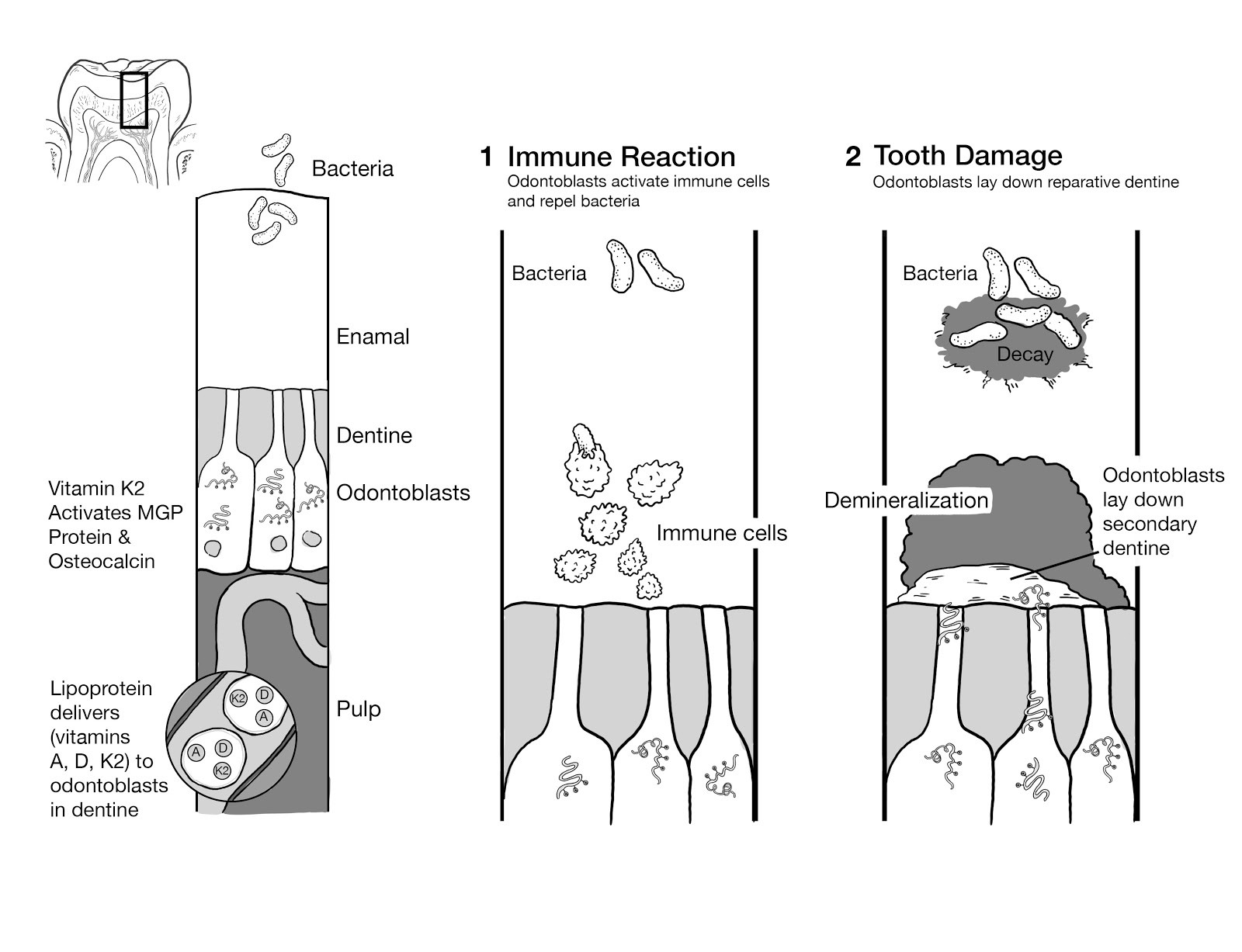
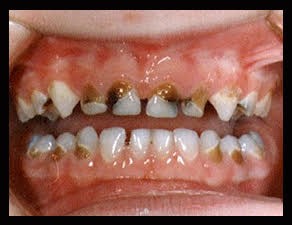
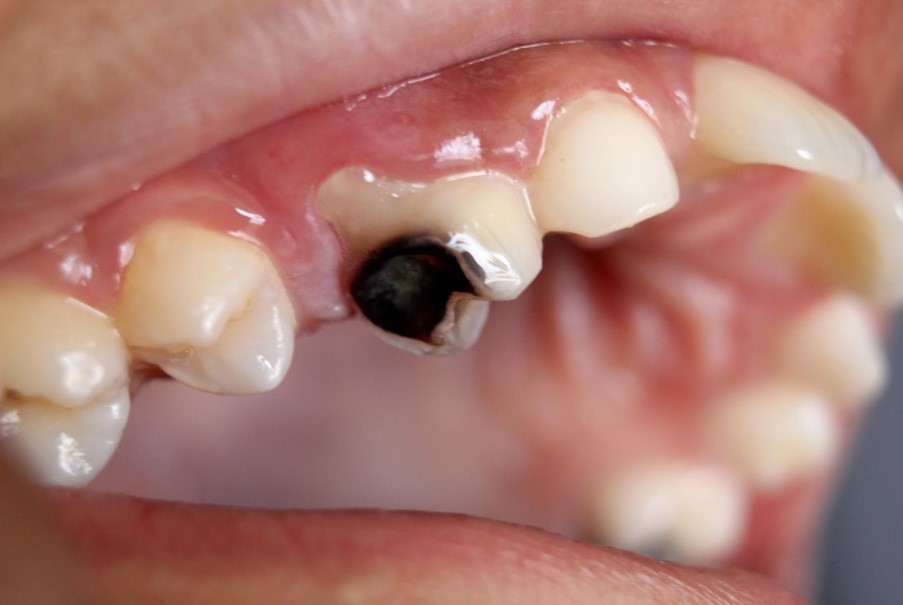
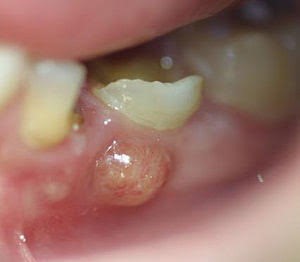
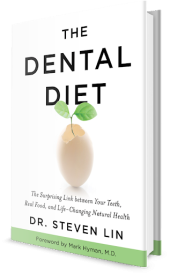
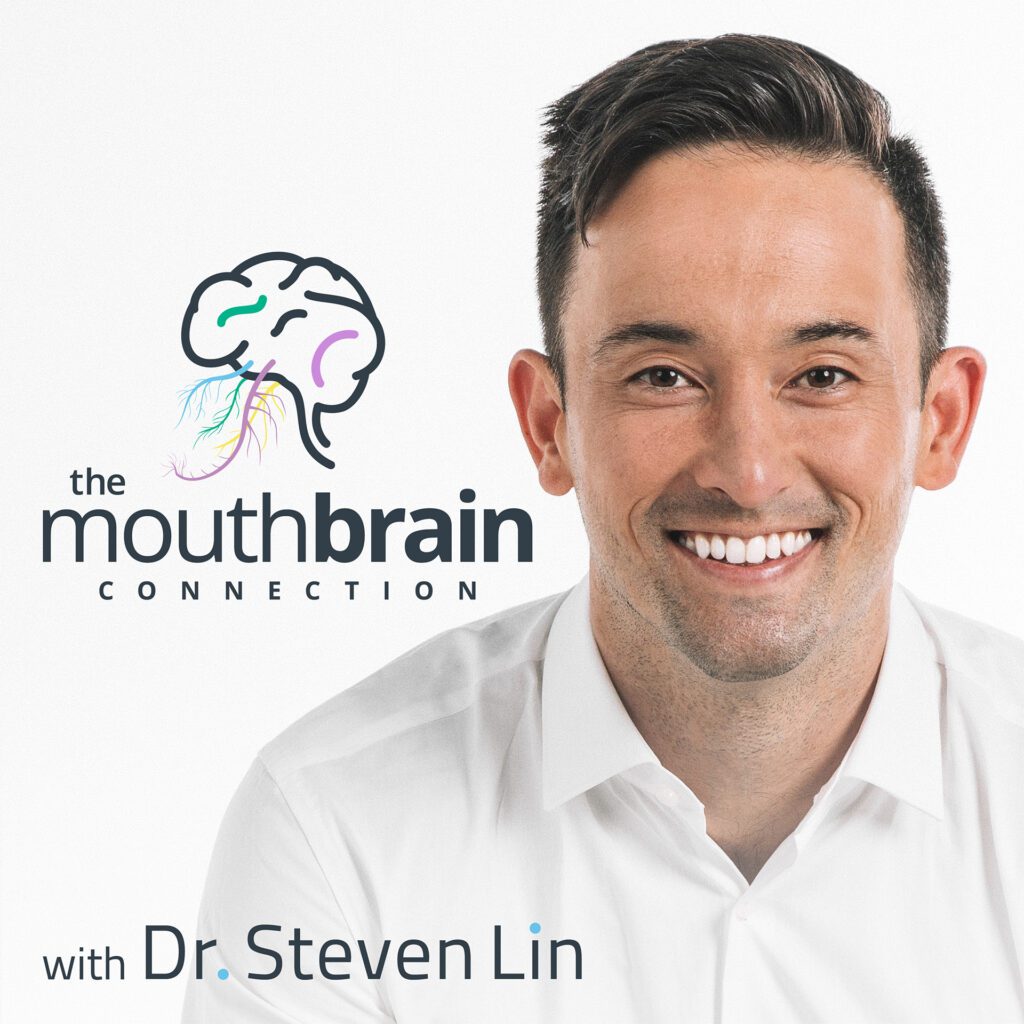

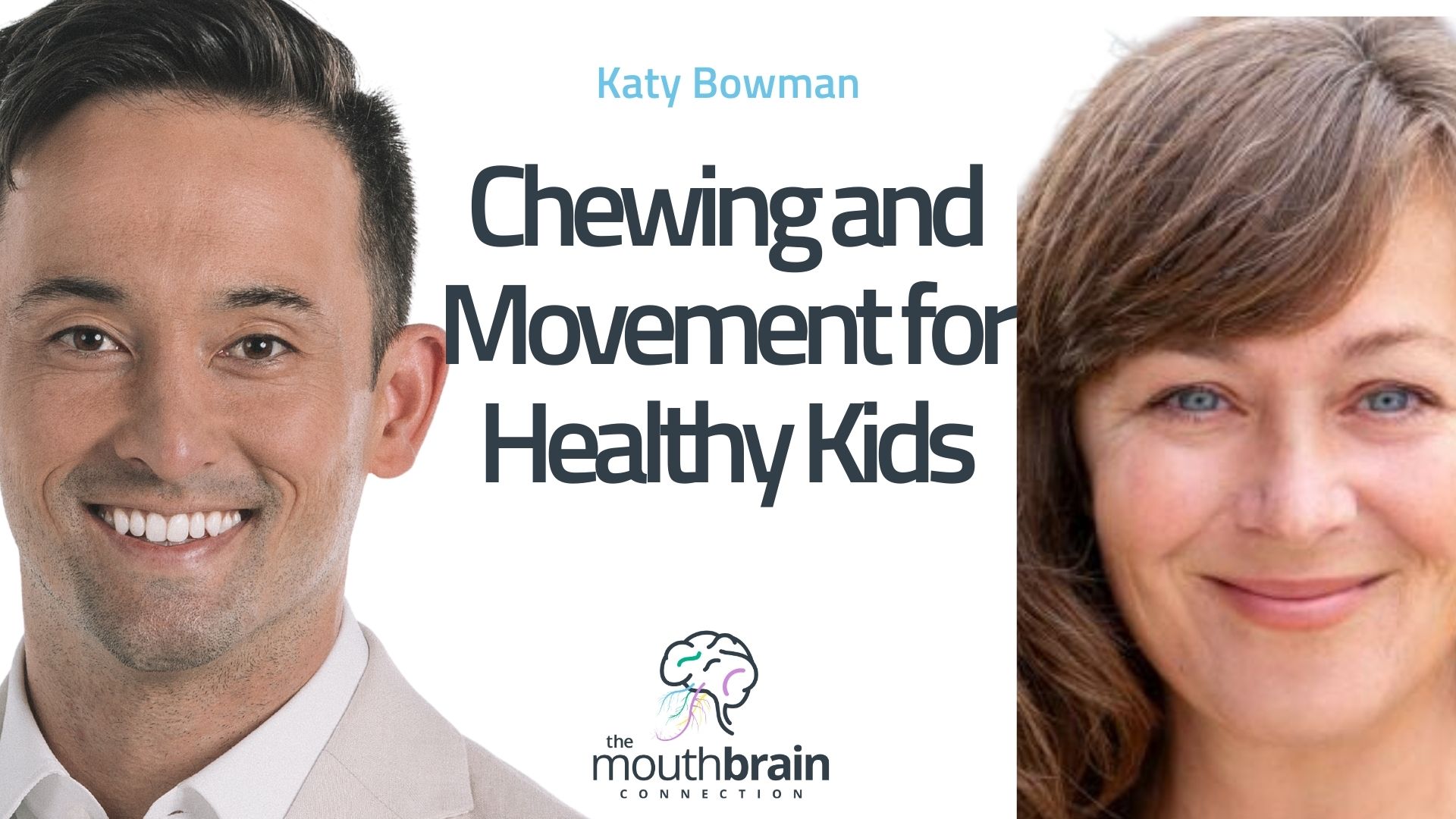
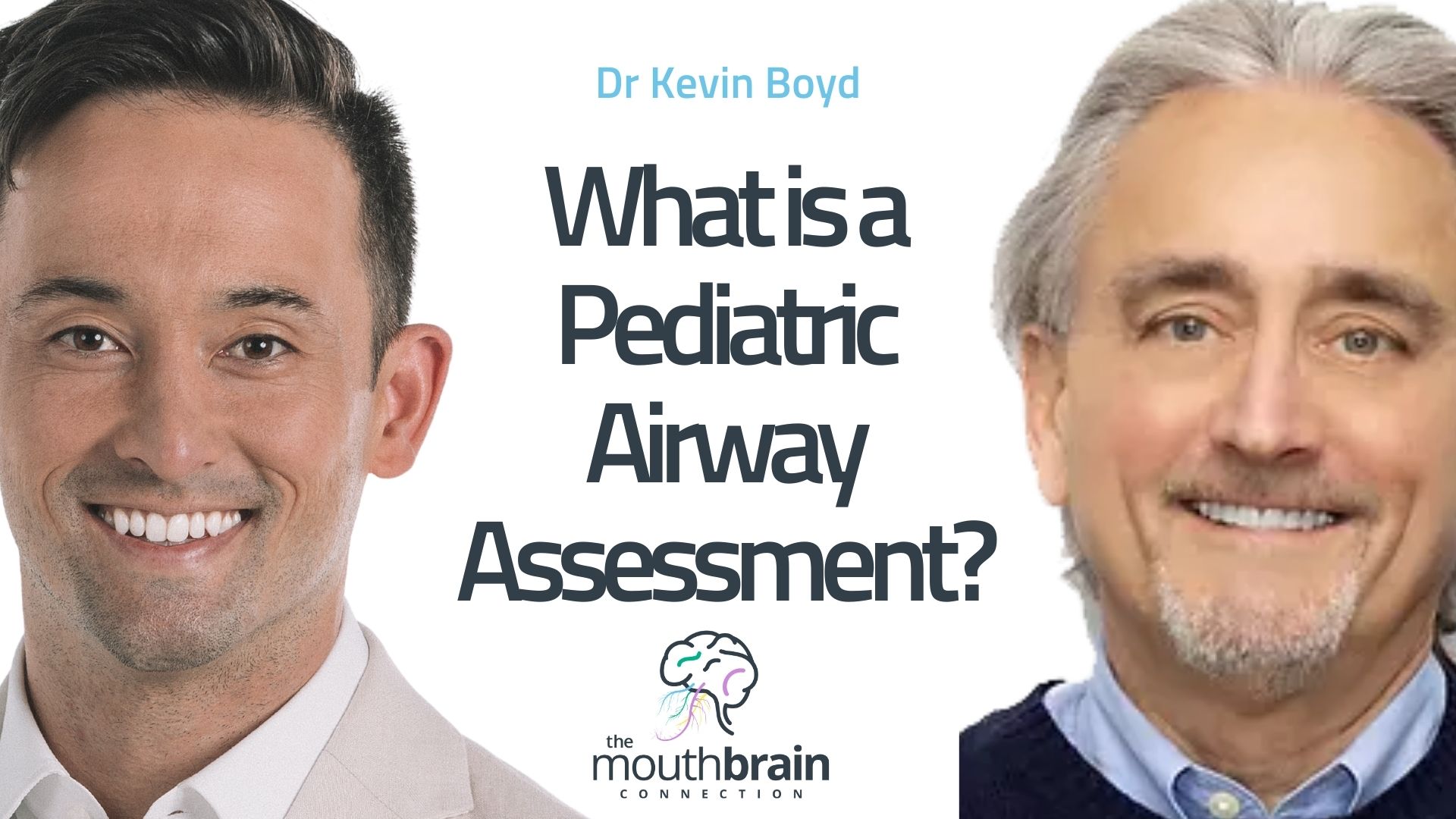
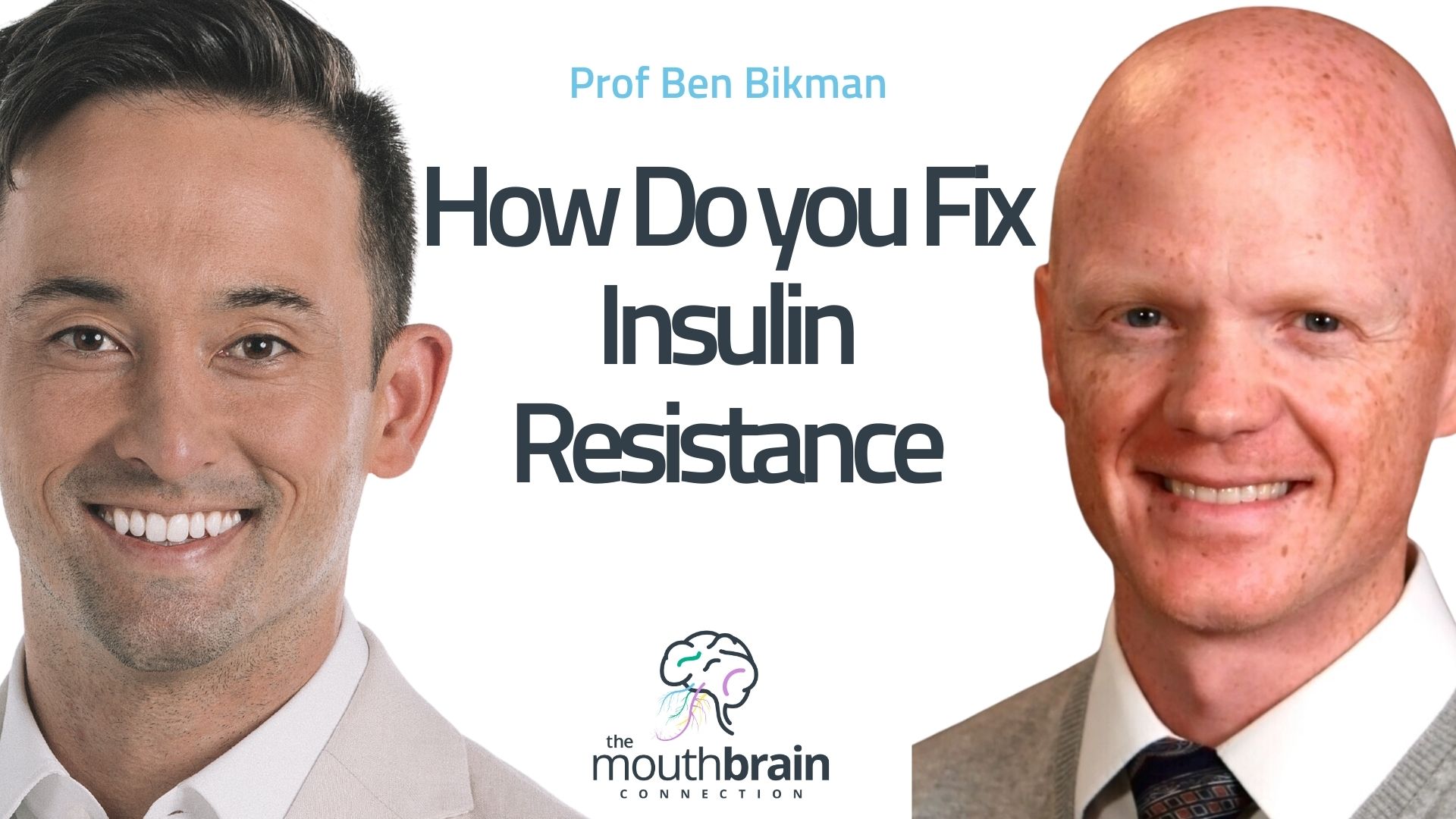

2 Responses
Prevention of tooth decay can be done by managing everyday eating and drinking as well as oral hygiene habits and avoiding cavities. Prevention is better than cure and that should be kept in mind. Thanks for updating everyone about curing tooth decay.
Dental Bridges Longmont CO
Tooth decay is caused by cavities and other dental hygiene issues which we ignore in our day to day life. It is essential to take care of tooth decay properly. It usually happens with children. Thank you very much. Keep sharing!
Smile makeover Lewis Center